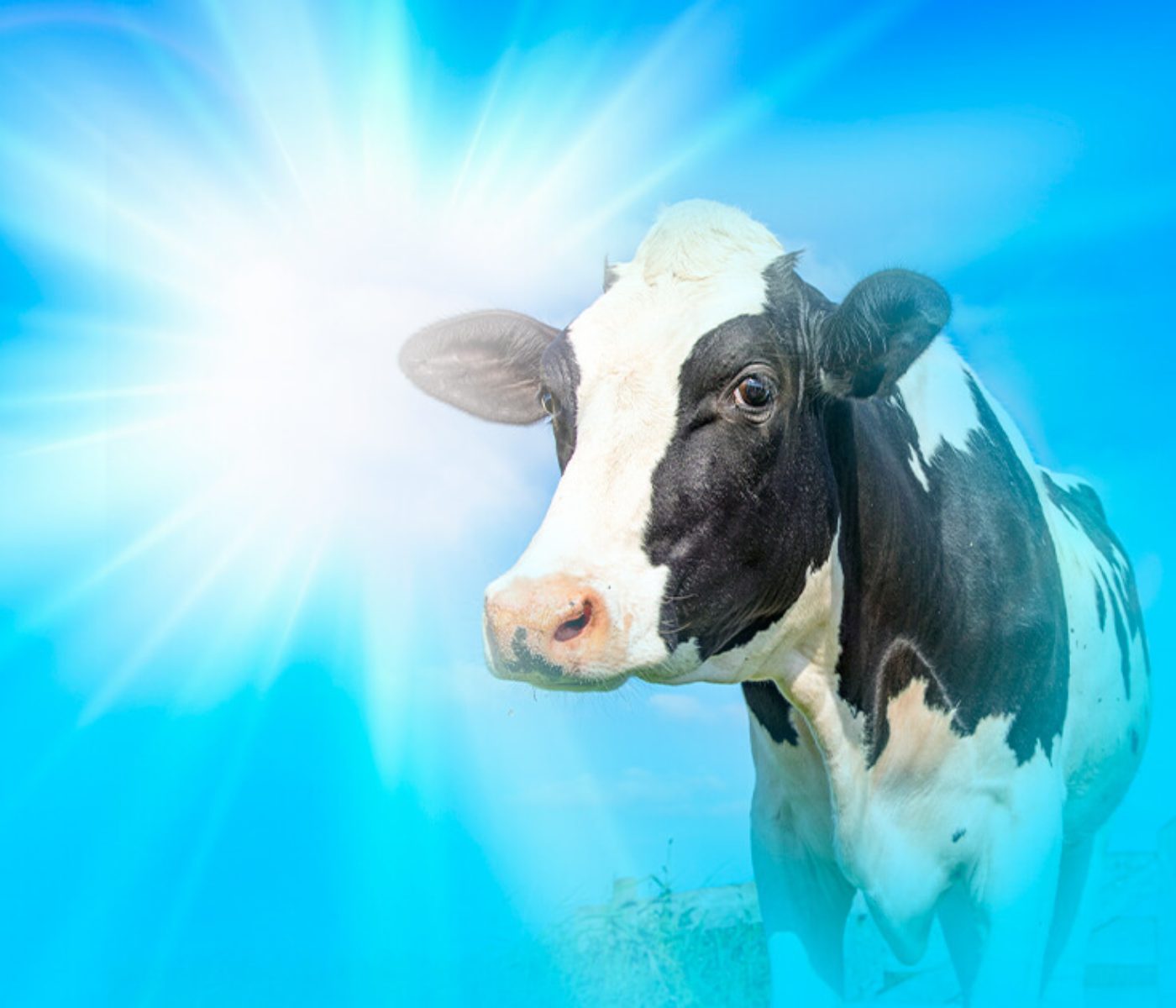 19 Sep 2024
19 Sep 2024
A significant threat
![]() Thermal stress in dairy cattle poses a major threat to the dairy industry’s viability. Multiple studies have documented the negative impacts of thermal stress on cattle well-being and productivity. Cattle experiencing thermal stress show reduced feed intake (West, 2003; Spiers et al., 2004; Baumgard and Rhoads, 2013), milk production (Collier et al., 1981; Gantner et al., 2017; Tao et al., 2020), and fertility (García-Ispierto et al., 2007; Morton et al., 2007; Schüller et al., 2014).
Thermal stress in dairy cattle poses a major threat to the dairy industry’s viability. Multiple studies have documented the negative impacts of thermal stress on cattle well-being and productivity. Cattle experiencing thermal stress show reduced feed intake (West, 2003; Spiers et al., 2004; Baumgard and Rhoads, 2013), milk production (Collier et al., 1981; Gantner et al., 2017; Tao et al., 2020), and fertility (García-Ispierto et al., 2007; Morton et al., 2007; Schüller et al., 2014).
In severe cases, extreme thermal stress can lead to cattle death. The estimated economic impact of thermal stress on the U.S. dairy industry ranges from $897 million to $1.5 billion annually (St-Pierre et al., 2003) just for lactating cows and young cattle.
These estimates are now outdated. With the 10 warmest years recorded between 2014 and 2023 (NOAA National Centers for Environmental Information, 2024), the current economic impact is likely higher and will continue to rise as global temperatures increase. Recent studies also suggest an additional $1.4 billion in costs due to the long-term effects of thermal stress on dry cows (Laporta et al., 2020).
During periods of heat stress, cows tend to stand more, reducing their resting time (Cook et al., 2007; Allen et al., 2015; Ortiz et al., 2015). As the temperature-humidity index (THI) rises, resting times have been seen to decrease by up to 3.3 hours per day, due to shorter duration of each rest period (Nordlund et al., 2019).
 During a single rest period, cows can experience a rise of 0.40 to 0.48 °C in central body temperature, while they can lose heat at a rate of up to -0.25 °C per hour when standing (Nordlund et al., 2019). Cows are highly motivated to lie down (reviewed by Tucker et al., 2021), and can become frustrated and uncomfortable when the need to lie down conflicts with the need to dissipate heat (Polsky and von Keyserlingk, 2017).
During a single rest period, cows can experience a rise of 0.40 to 0.48 °C in central body temperature, while they can lose heat at a rate of up to -0.25 °C per hour when standing (Nordlund et al., 2019). Cows are highly motivated to lie down (reviewed by Tucker et al., 2021), and can become frustrated and uncomfortable when the need to lie down conflicts with the need to dissipate heat (Polsky and von Keyserlingk, 2017).

Moreover, extended periods of standing under thermal stress might explain both the increased rates of hoof injuries observed at the end of summer (Cook and Nordlund, 2009) and the higher prevalence of lameness towards the end of summer and fall (Cook et al., 2006; Sanders et al., 2009). These cumulative and delayed effects of heat stress on lameness risk are not accounted for in current economic estimates.
Approximately 98.7% of U.S. farms use at least one form of heat mitigation, such as shade, fans, or sprinklers to alleviate the detrimental effects of heat stress on well-being and productivity (USDA, 2021).
|
Research shows that providing benchmarking reports to dairy farms leads to changes that improve outcomes such as calf growth and passive immunity transfer (Atkinson et al., 2017) or lameness rates in cows (Chapinal et al., 2014). Reports identifying areas for improvement and suggesting solutions can empower farmers to make informed decisions on specific issues (Sumner et al., 2018).
The research team previously developed a standardized method for reporting ventilation performance in dairy facilities with free stalls, both mechanical (e.g., cross-ventilation) and natural ventilation (Mondaca et al., 2019). This method measured air speeds at cow standing and resting heights (1.5 m and 0.5 m, respectively) for 3 minutes per location, along with barn temperature and relative humidity.
The goal of this study was to assess the performance of summer ventilation systems in a sample of Wisconsin dairy facilities with natural and mechanical cross-ventilation and refine the evaluation method for industry application. They hypothesized that facilities with consistently higher air speeds at the cow’s resting height (0.5 m) would offer the most effective heat reduction. Specifically, they predicted that cows in facilities with higher air speeds would have longer daily resting times (fewer daily rest periods but longer duration per period) and a lower maximum daily vaginal temperature.
You may also like to read: “Feeding for high milk quality in dairy cows under heat stress “
Subscribe now to the technical magazine of animal nutrition
AUTHORS
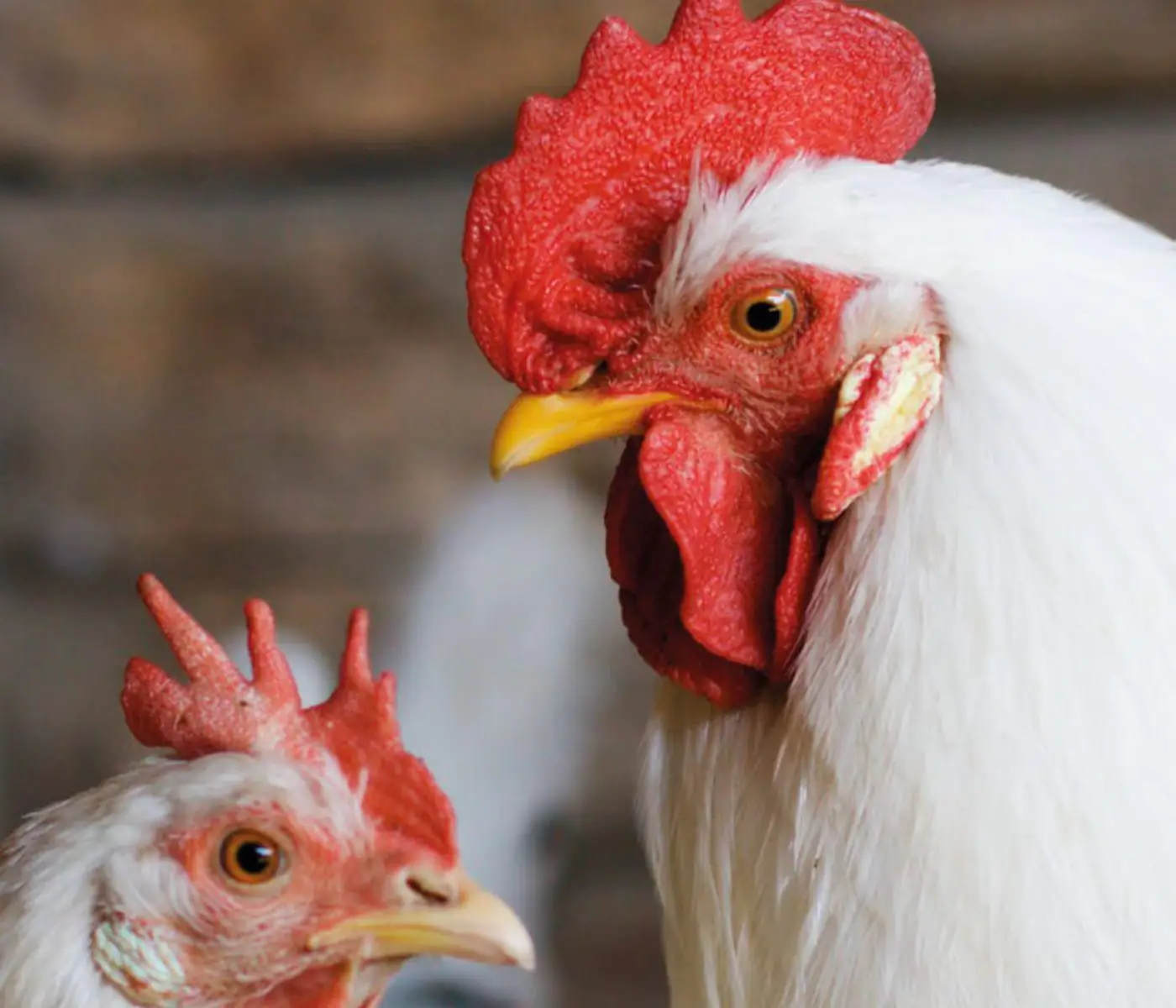
Nutritional Interventions to Improve Fertility in Male Broiler Breeders
Edgar Oviedo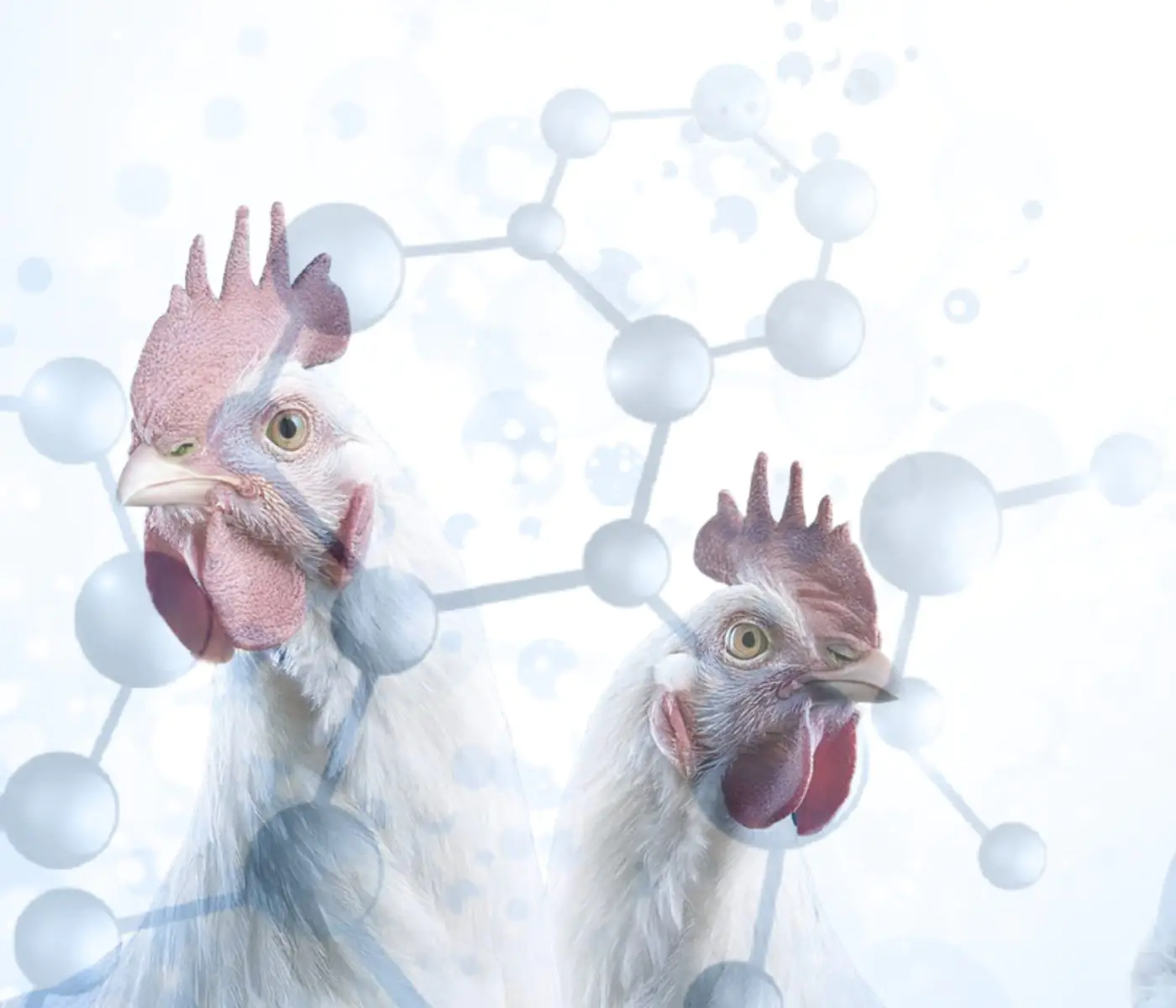
The Use of Organic Acids in Poultry: A Natural Path to Health and Productivity
M. Naeem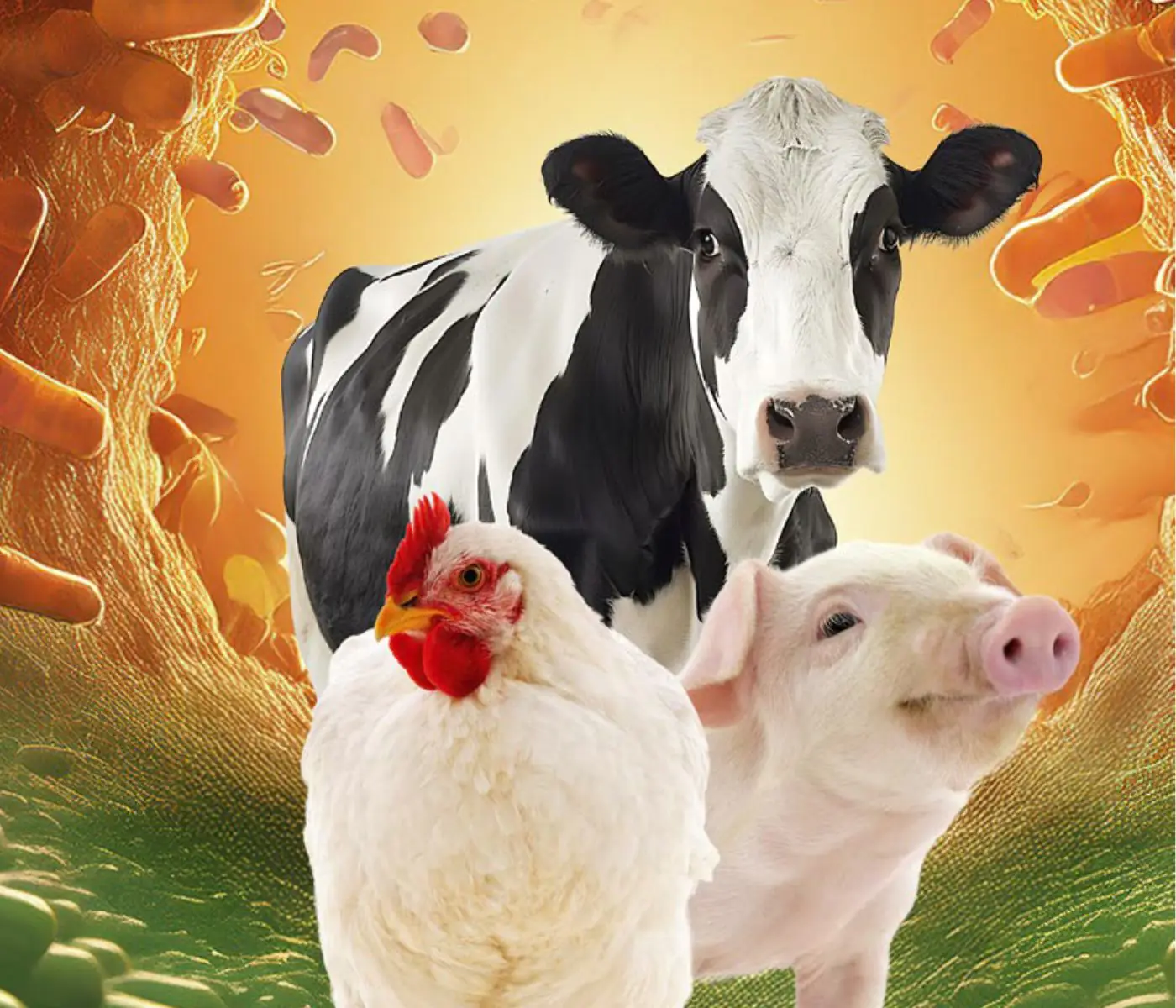
Synergistic Benefits of Prebiotics and Probiotics in Poultry, Swine, and Cattle
Gustavo Adolfo Quintana-Ospina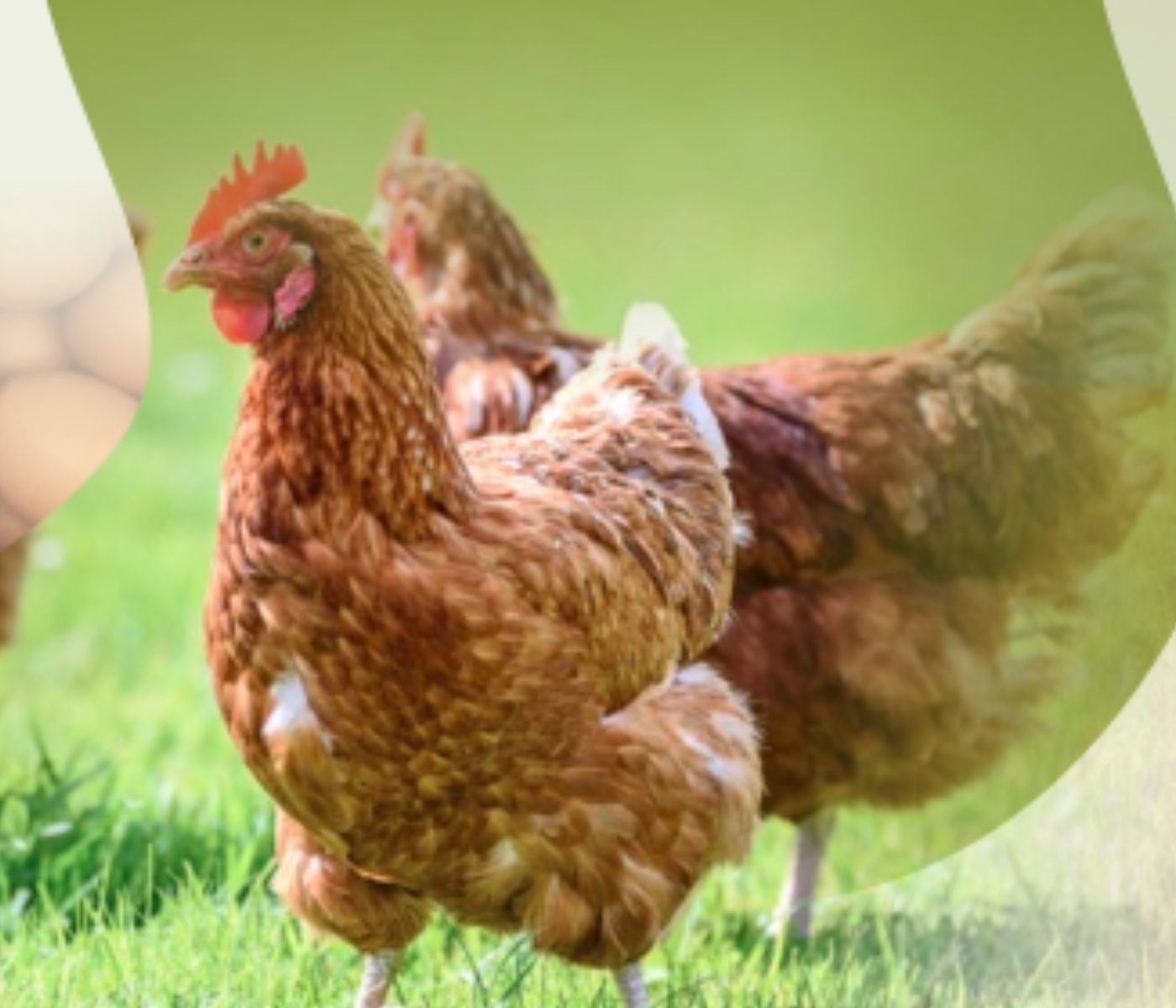
Hybrid Rye Potential in Laying Hen Feed Rations
Gwendolyn Jones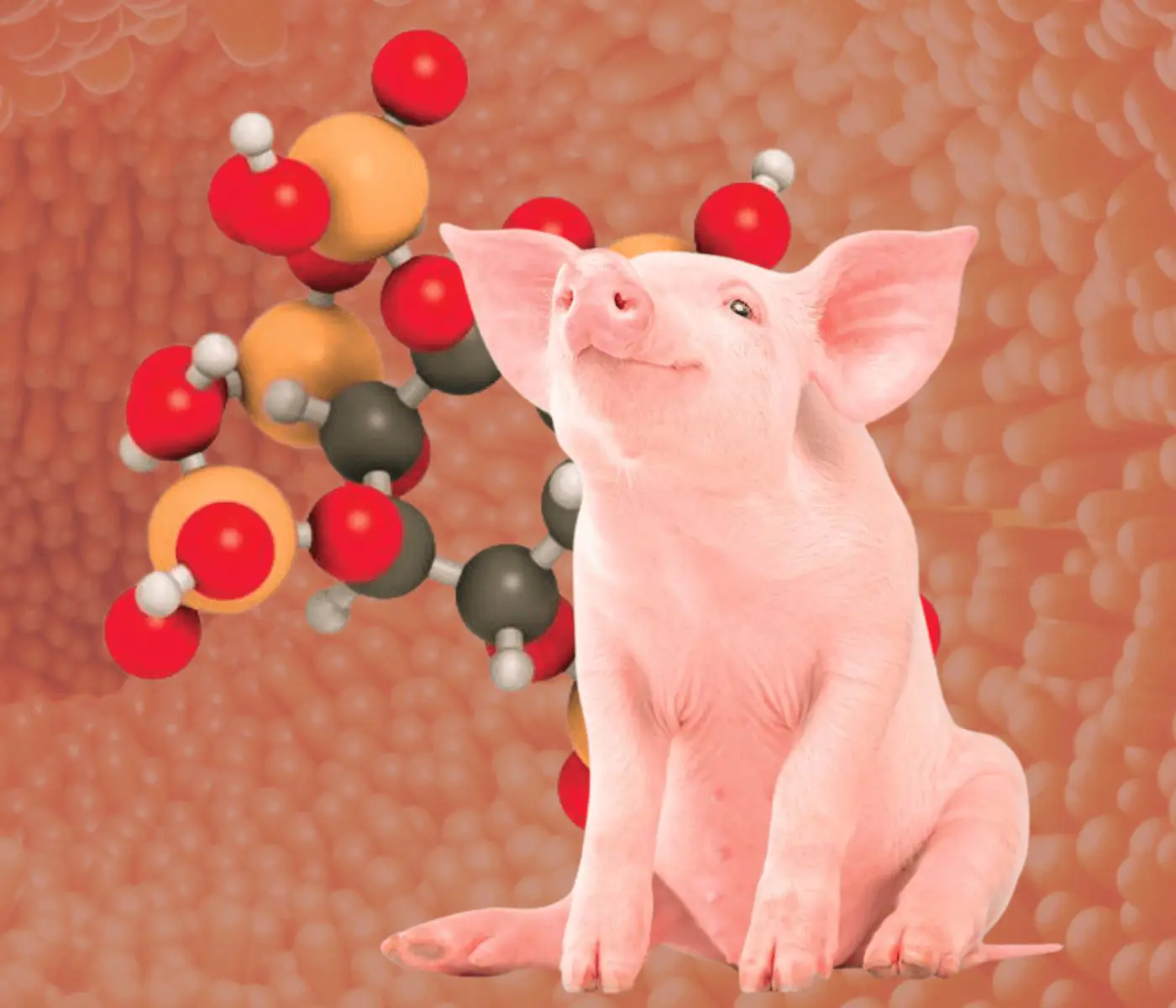
A day in the life of phosphorus in pigs: Part I
Rafael Duran Giménez-Rico
Use of enzymes in diets for ruminants
Braulio de la Calle Campos
Minerals and Hoof Health in the Pregnant Sow
Juan Gabriel Espino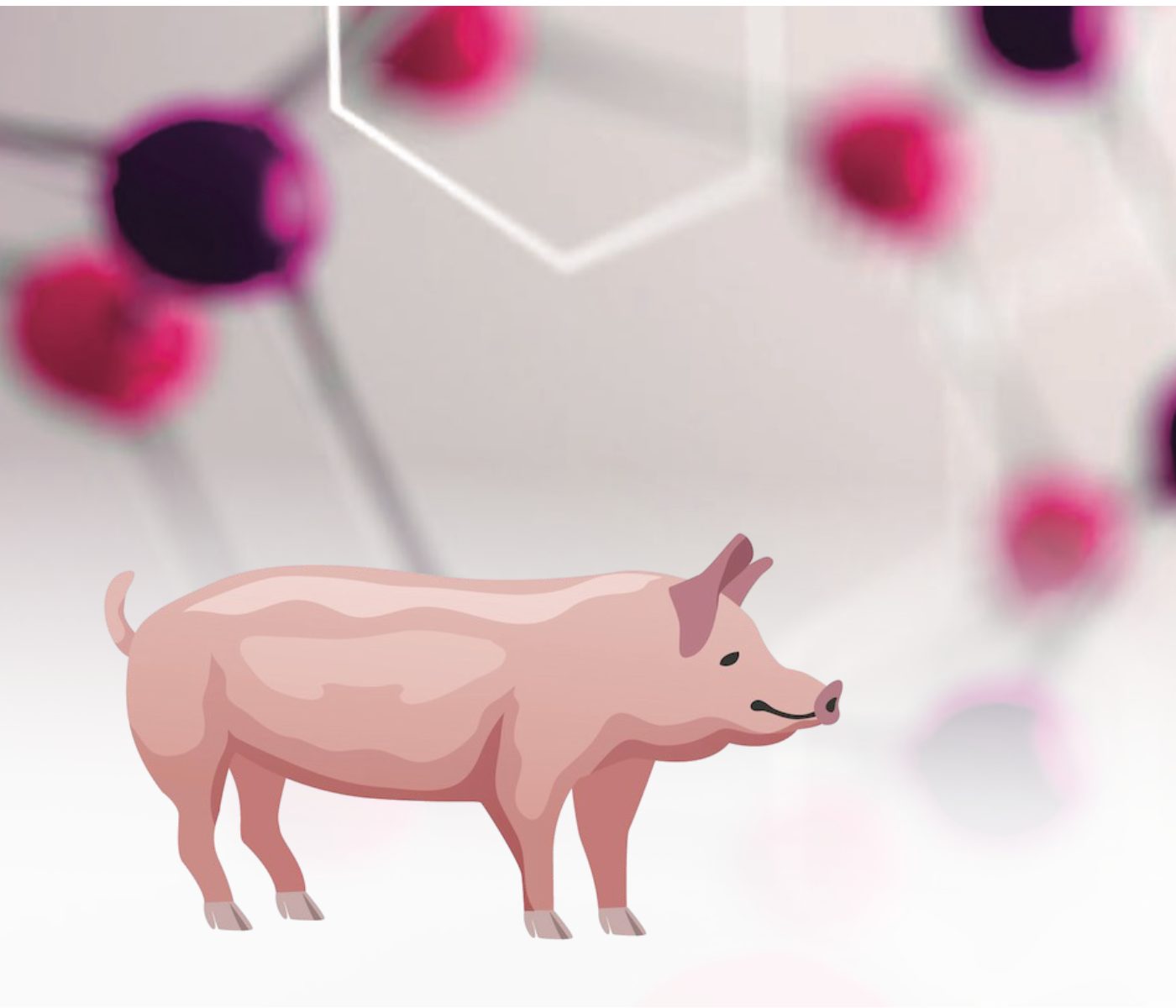
Impact of Oxidized Fats on Swine Reproduction and Offspring
Maria Alejandra Perez Alvarado